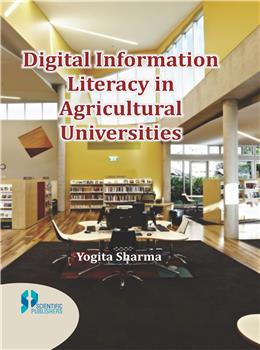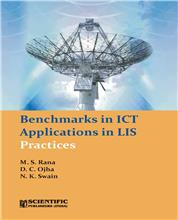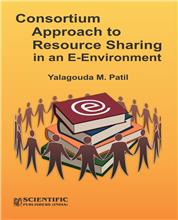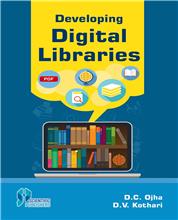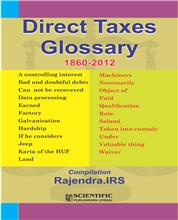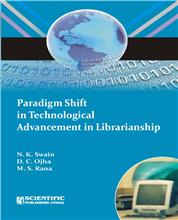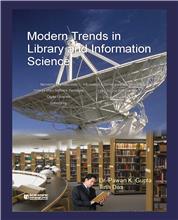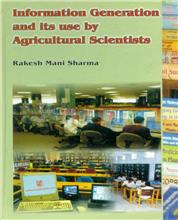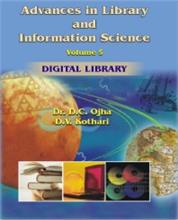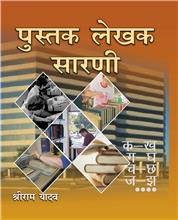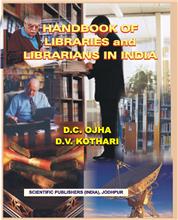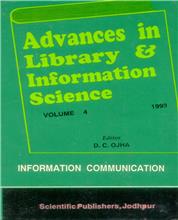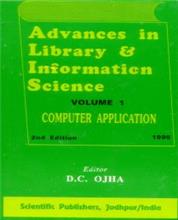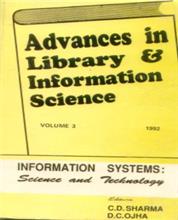1. Introduction
1.1. Background
1.2. Digital Information Literacy- Historical Perspective
1.3. Definitions of Digital Information Literacy
1.4. Digital Information Literacy Research in India
1.5. Need of the Study
1.6. Scope of the Study
1.7. Objectives of the Study
1.8. Hypotheses of the Study
1.9. Definitions and Scope of the Terms Used
1.10. Limitations of the Study
1.11. Organization of the Study
References
2. Research methodology
2.1. Methodology and Data Collection Tools
2.2. Questionnaire Method
2.3. Designing of Questionnaire
2.4. Administration of Questionnaire
2.5. Pre-testing of the Questionnaire
2.6. Data Collection
2.7. Response Rate
2.8. Techniques Used in Analysis and Interpretation of Data
References
3. User Characteristics
3.1. Introduction
3.2. Post-graduate Students: General Background
3.3. Libraries
3.4. Demographic Information
3.5. Purpose of Using Digital Resources of Information
3.6. Consultation of Digital References
3.7. Purpose of Using E-mail
3.8. Ethical Use of Digital Resources of Information
3.9. Citing Digital Resources of Information
3.10. Usefulness of Digital Resources of Information
3.11. Use of Digital Resources of Information for Type of Information
3.12. Conclusion
References
4. Accessing, Searching and Selecting Digital Resources of Information
4.1. Introduction
4.2. Accessing Digital Resources of Information
4.3. Searching Information from Digital Resources of Information
4.4. Selecting Authentic Digital Resource of Information
4.5. Conclusion
References
5. Role of Librarians and Teachers
5.1. Introduction
5.2. Problems Faced in Using Digital Resources of Information
5.3. Support from Library and Information Science Professionals and Teachers
5.4. Training of Library and Information Science Professionals
5.5. Conclusion
References
6. Digital Information Literacy in Social Lives
6.1. Introduction
6.2. Digital Information Literacy in Social Lives
6.3. Suggestions for Improving Efficiency in Using Digital Resources of Information
6.4. Conclusion
References
7. Digital Information Literacy Skills
7.1. Introduction
7.2. Correlation Analysis
7.3. Association of Digital Information Literacy Skills with Variables of Study
7.4. Testing of Hypotheses
7.5. Conclusion
8. Findings, Conclusions, Suggestions and Recommendations for Further Areas of Research
8.1. Introduction
8.2. Findings
8.3. Conclusions
8.4. Suggestions
8.5. Recommendations for Further Areas of Research
Bibliography
Annexure - Questionnaire
